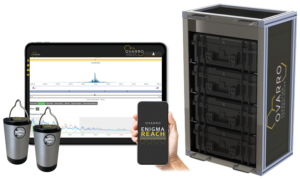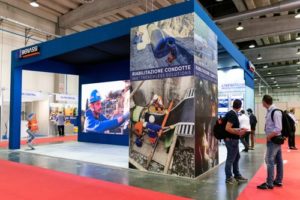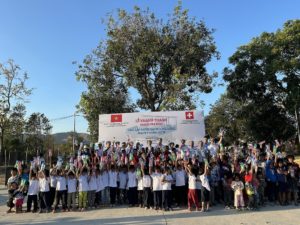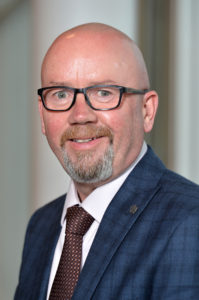Grundfos’ new Cooling Solution Aims to Halve Malaysia’s Energy use from Air Conditioning
Urbanisation and hot climatic conditions have intensified demand for air conditioning in Malaysia, reaching 1 million units in 2018, an almost 10 per cent increase since 2013.[1] This demand is expected to further increase over the coming decades as climate change further drives temperatures up. By 2050, Kuala Lumpur’s average temperature is expected to rise by 2.3 degrees Celsius, while other cities such as Johor Bahru, Putrajaya and Klang may also see a 1.5-1.8 degrees Celsius increase in temperature.[2]
Recognising the need for sustainable methods of cooling in Malaysian cities, Grundfos has launched its Distributed Pumping System, a first in Malaysia. It is a novel system capable of operating in optimised conditions at any time. This enables significant energy savings over conventional cooling systems that consume high level of energy, consequently contributing to greater carbon emissions, due to issues such as over-pumping to compensate for discrepancies between the chilled water supply and return temperatures, as well as their tendency to run at constant speed and pressure throughout their operations, regardless of fluctuating cooling demands.
With Malaysia’s Paris Agreement pledge to reduce its greenhouse gas emission intensity of GDP by 45 per cent by 2030 and cut 32 million tonnes of carbon emissions by 2020, Grundfos Pumps Sdn. Bhd. forecasts that the demand for distributed pumping systems will increase in the coming years as a result of greater demand for energy efficient solutions.
Leong Chee Khuan, Area Managing Director for South Asia and General Manager for Grundfos Pumps Sdn Bhd said, “Climate change is one of the most pressing and urgent issues today and it is paramount that we, as countries, businesses, and individuals, make a swift transition to carbon friendly solutions in all aspects of life. For tropical countries like Malaysia, where air conditioning is increasingly becoming a daily essential to cope with the hot weather conditions, sustainable cooling is one of the key components in the fight against climate change.
“Sustainability has always been at the core of our business at Grundfos and with the Distributed Pumping System, we aim to help bring Malaysia a step closer to its Paris Agreement goals by helping reduce its energy consumption through cleaner and more energy efficient technologies.”
The Distributed Pumping System is able to intuitively regulate the water flow based on feedback from temperature sensors, meeting the exact requirements of different building zones, and intelligently controlling energy consumption by delivering the right flow at all times. On top of reducing energy consumption and operational costs, this new system achieves comfort for users of the building by ensuring a consistent building temperature at all times.
This revolutionary approach to optimum water distribution is made possible by Grundfos’ MAGNA3 and TPE3 pumps – both ranges feature compact, intelligent circulator pumps fitted with built-in sensors, variable speed drive, controller and communication module, and state-of-the-art IE5 motors ensuring the highest efficiency. TPE3 is a dry-runner, vertical, in-line pump used as the primary pumps, while MAGNA3 is a wet-runner circulator used as the secondary pumps.
The self-balancing nature of Grundfos’ Distributed Pumping System also means that control valves are not required, removing the need for tedious and time-consuming balancing which also reduces the cost of the initial installation.
Source: Grundfos Holding A/S







